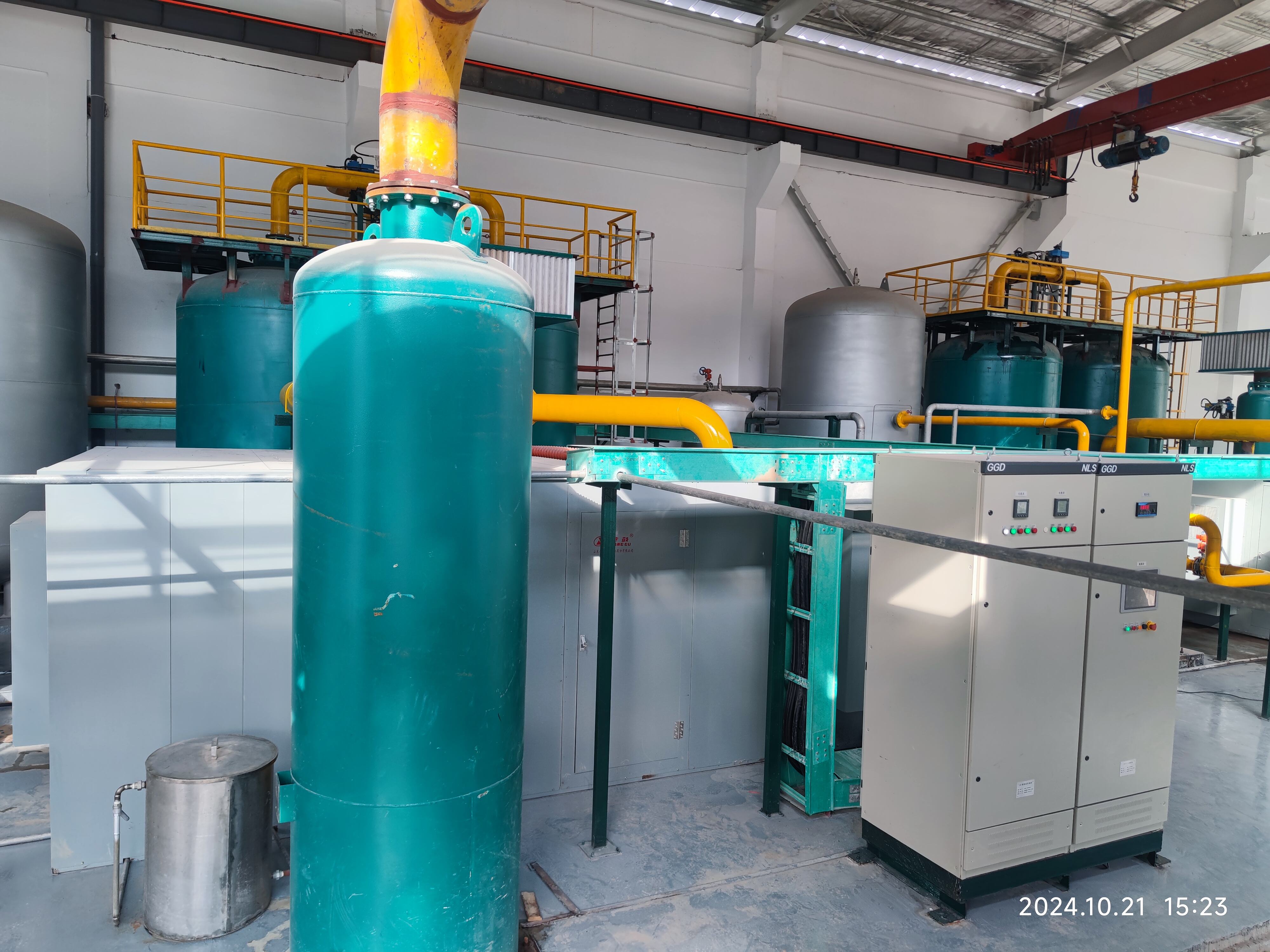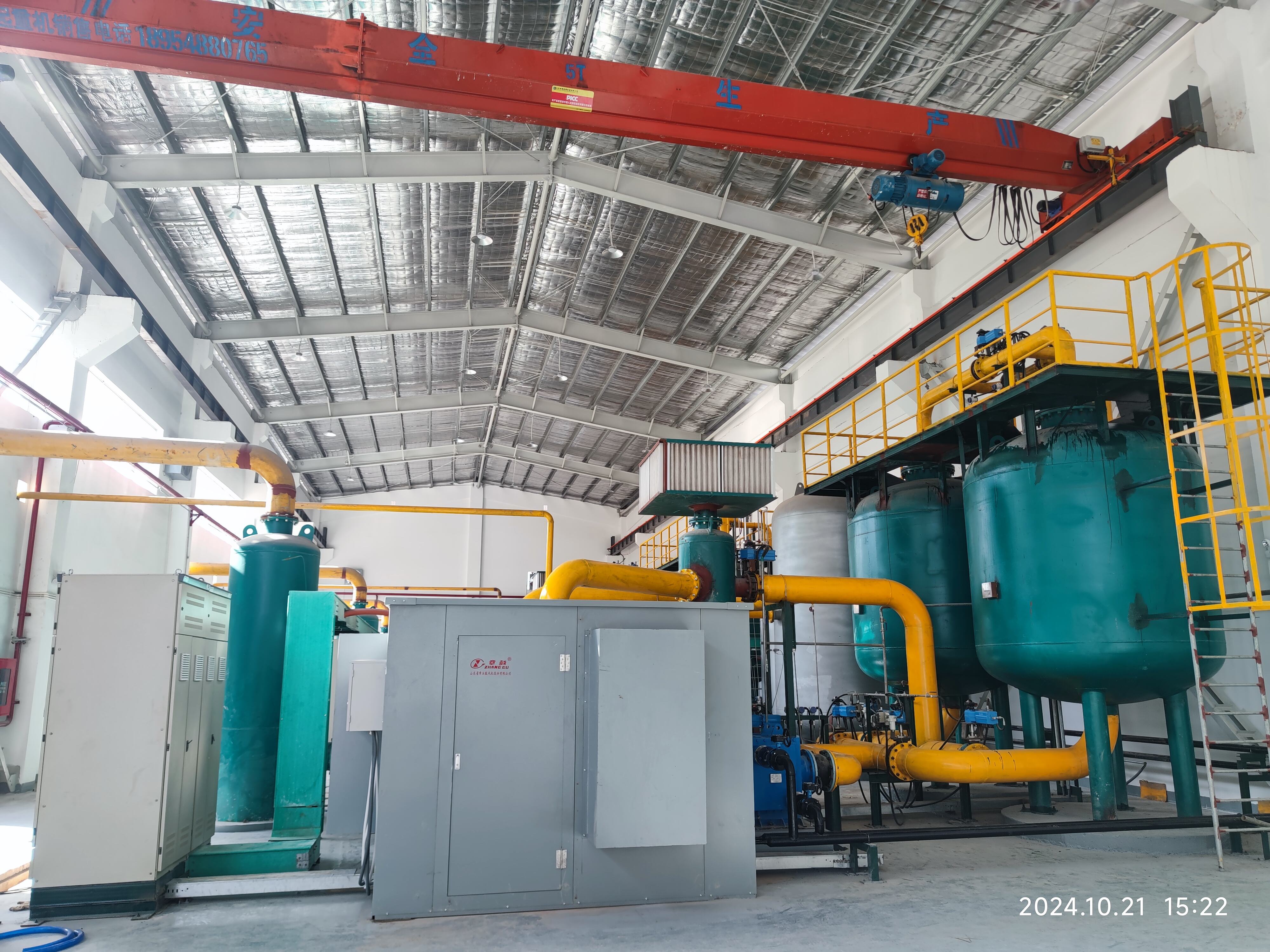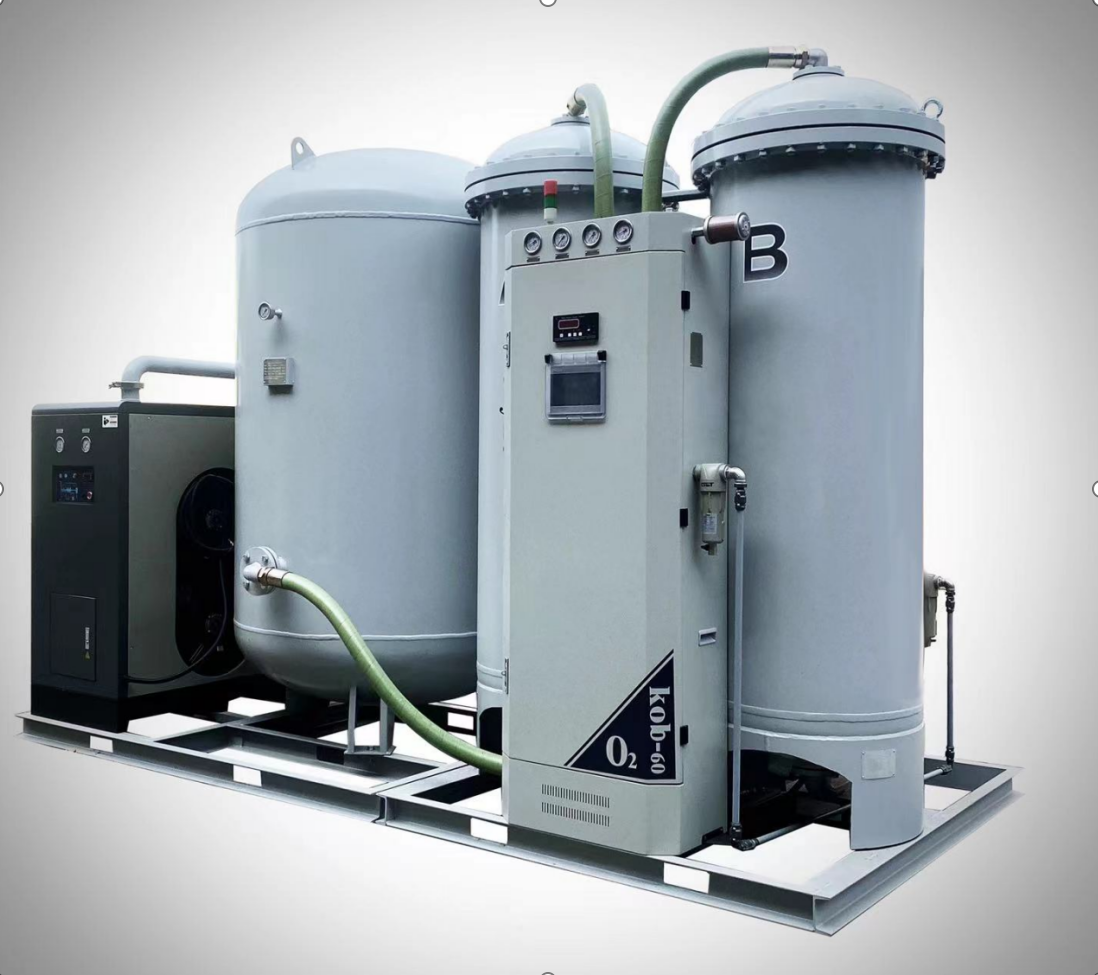ሞዱል ስኬላቢሊቲ ዲዛይን
የዋና ዋና የኦክስጅን ማጎሪያ ሞዱል ንድፍ ፍልስፍና በስርዓት ውቅር እና ለወደፊቱ ማስፋፊያ ታይቶ በማይታወቅ ሁኔታ ተለዋዋጭነትን ይሰጣል ። እያንዳንዱ ክፍል በቀላሉ ሊዋሃዱ የሚችሉ እና የምርት አቅምን ለማሳደግ የሚረዱ ገለልተኛ ሞጁሎችን ያቀፈ ነው። ይህ ሞዱል አቀራረብ ተቋማት ከመሠረታዊ ስርዓት እንዲጀምሩ እና አሁን ያለውን አሠራር ሳይቋረጡ ፍላጎቱ እየጨመረ ሲሄድ አቅም እንዲጨምሩ ያስችላቸዋል ። መደበኛ የግንኙነት በይነገጾች ተጨማሪ ሞጁሎችን ያለማቋረጥ ማዋሃድ ያረጋግጣሉ ፣ የቁጥጥር ስርዓቱ ደግሞ አዳዲስ ክፍሎችን በራስ-ሰር ይገነዘባል እና ወደ ሥራ መለኪያዎች ያካትታል ። ይህ የመጠን ችሎታ ጥገናን ጭምር ያስፋፋል ፣ ይህም መላውን ስርዓት ሳይዘጋ የተወሰኑ ሞጁሎችን ለማገልገል ያስችላል። ሞዱል ንድፍ በተጨማሪም የመጓጓዣ እና የመጫኛ ቀላል ያደርገዋል, የመጀመሪያ ማዋቀር ወጪዎች እና ውስብስብነት በመቀነስ.


